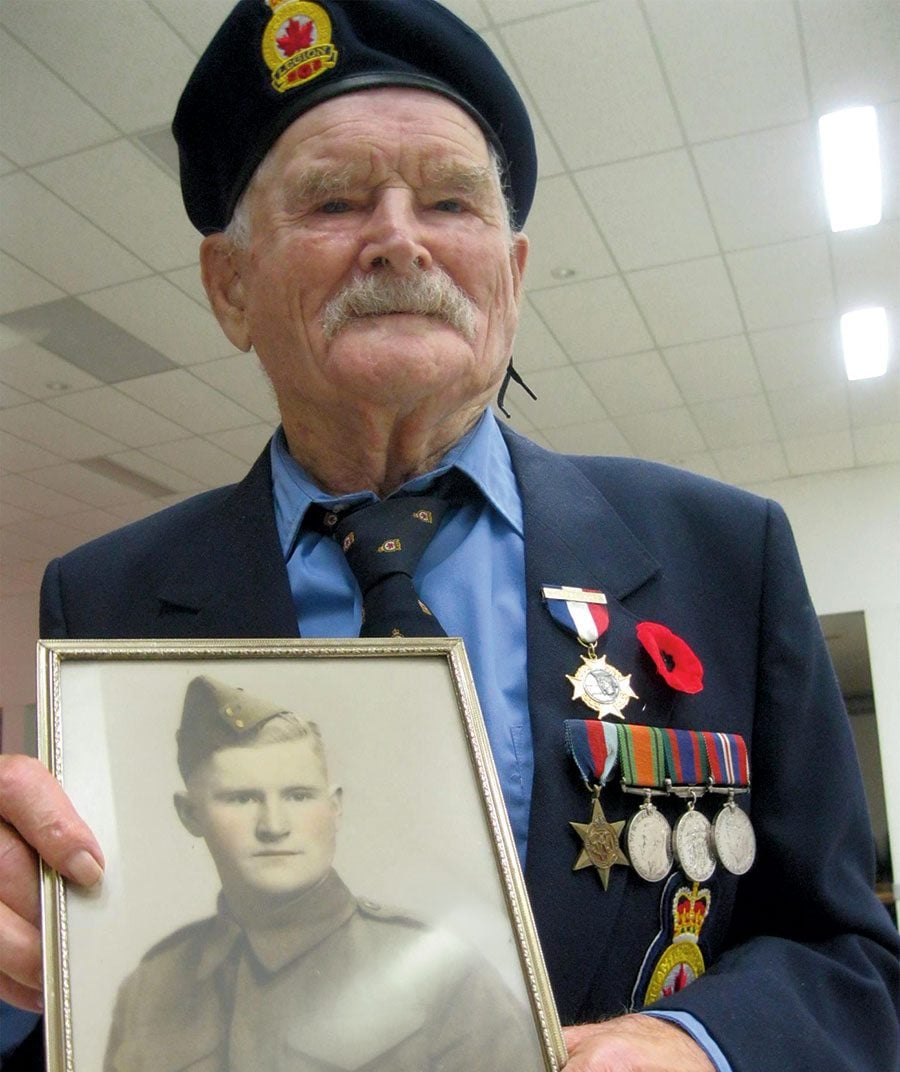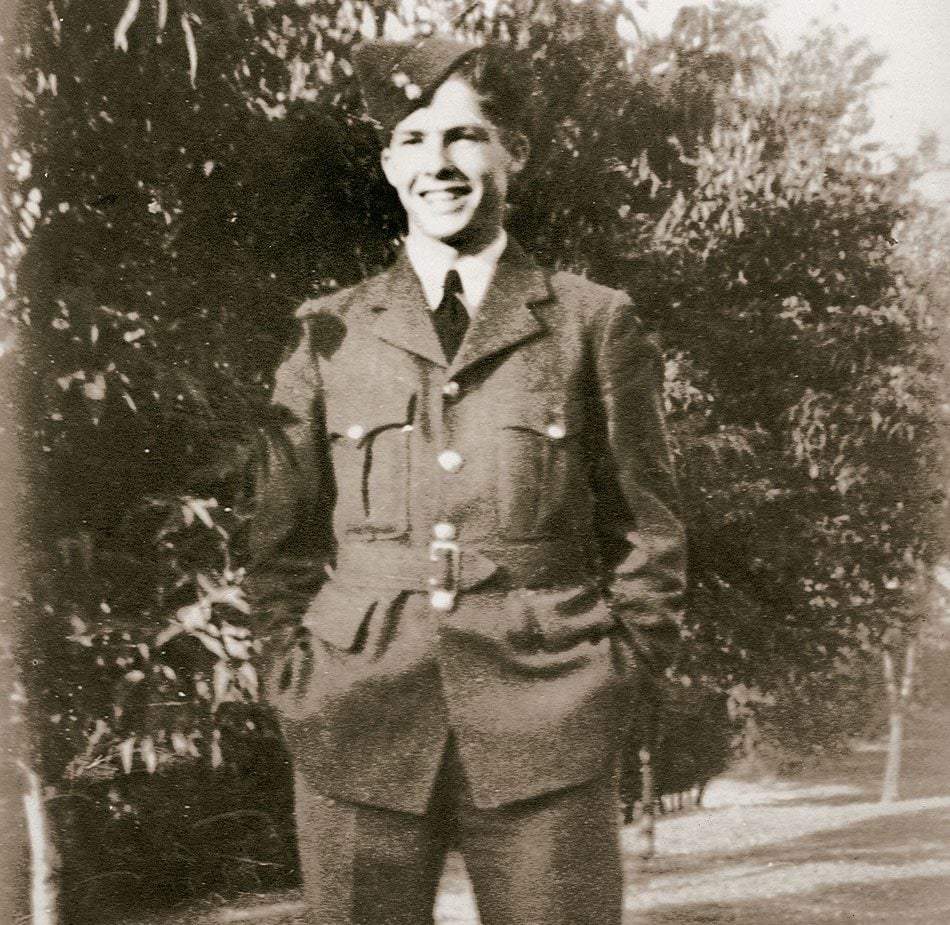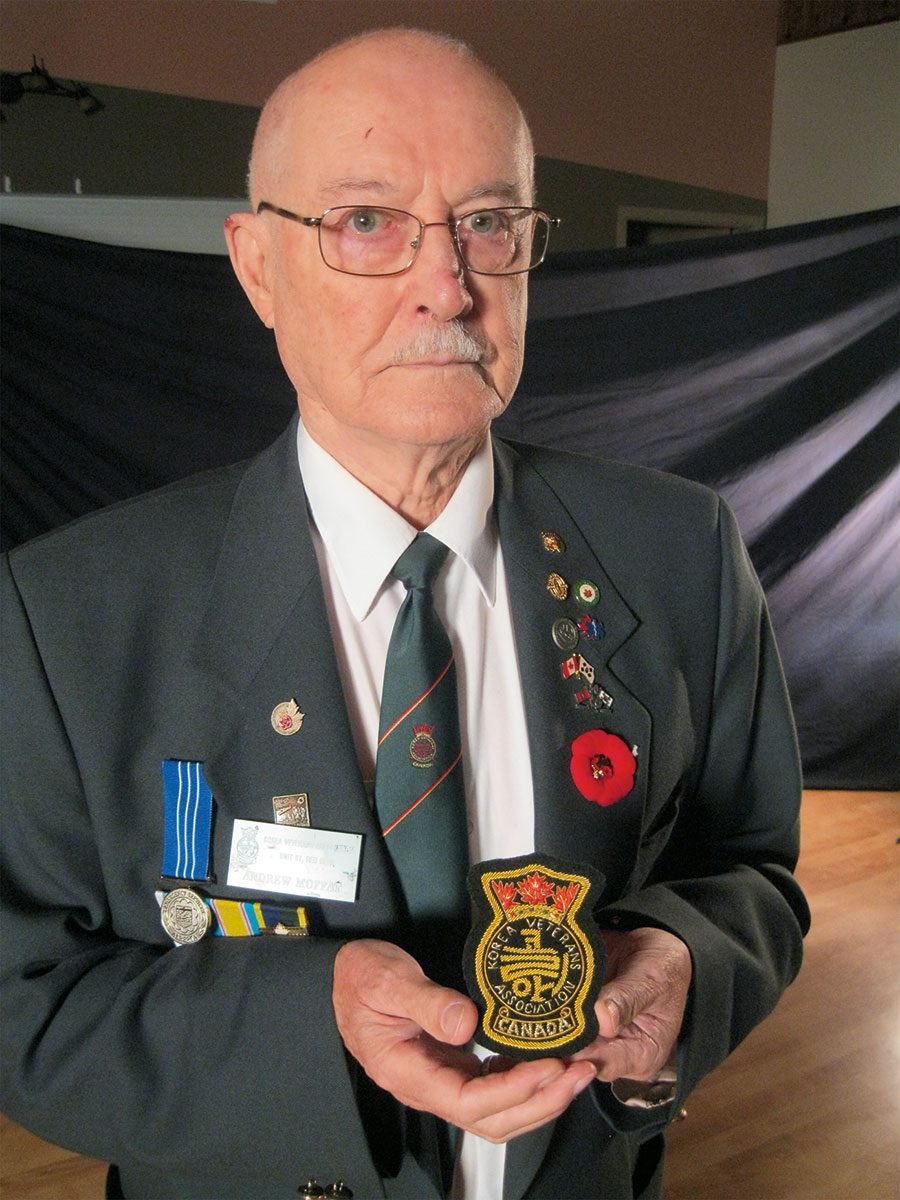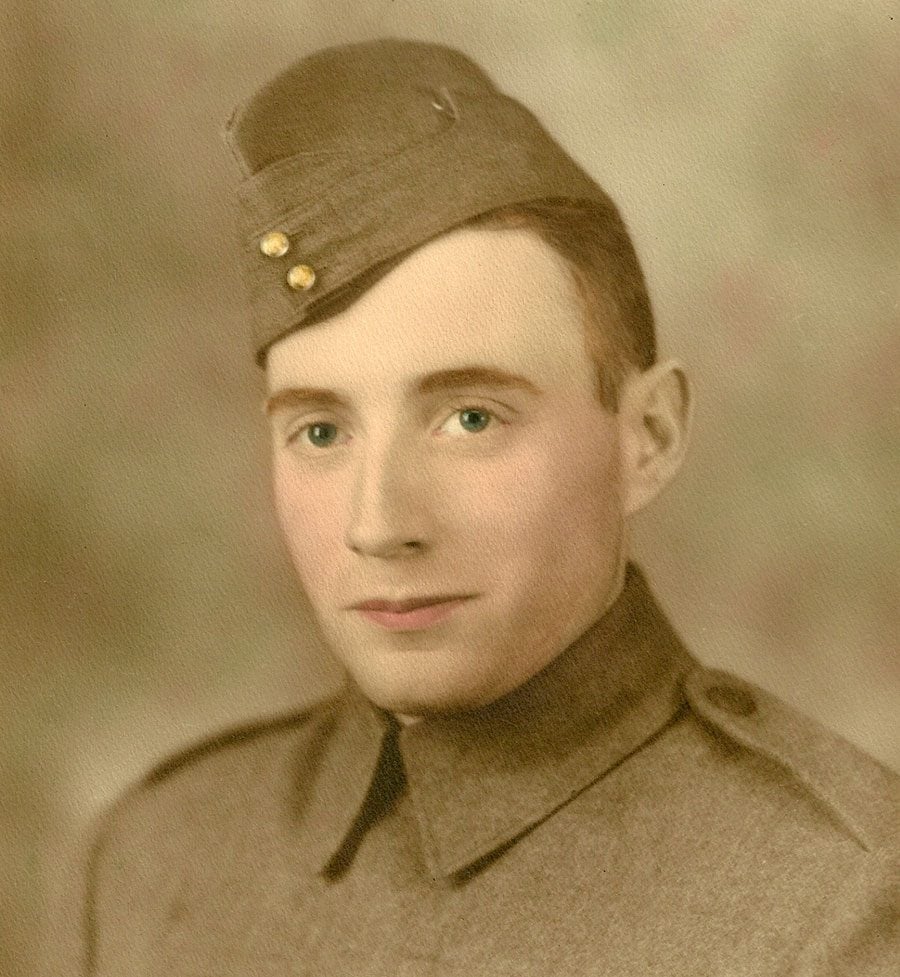
Leonard Avery Pocock, Canadian war veteran
Anti-Tank Rifleman,
Royal Hamilton Light Infantry, 7th Platoon
Leonard was born on May 4, 1916, and joined the Royal Canadian Army near the beginning of the Second World War. He landed at Dieppe with his regiment on August 19, 1942, and took part in that ill-fated raid.
“We were as green as green could be, but we learned that if you saw a radioman, you stayed away from him… ours had a mortar land on him.”
Leonard was later captured and held as a prisoner of war at Stalag VIII-B for the remainder of the war. He plainly called the Dieppe raid a disaster, but even after more than 68 years, he wouldn’t lay any blame.
Leonard passed away several years ago.

Clarke E. Sheppard, Canadian war veteran
RCAP Draftsman
Clarke (my father) was born in Toronto on May 10, 1923. He joined the Royal Canadian Air Force in October 1942, with hopes of becoming a fighter pilot. Unfortunately, Clarke had poor vision in one eye, caused by looking directly at a solar eclipse as a boy, and was deemed ineligible for flight-crew positions. Clarke even memorized several eye charts in an effort to fool the doctors, but was caught out every time…
Once the airforce realized Clarke was a qualified draftsman, however, he was stationed at #4 Maintenance Unit at Scoudouc, New Brunswick, where he designed airframe modifications for Canadian aircraft. He served until his discharge in June 1945. Clarke married Ailene May Jackson in December 1944, and they raised a family of five children. In 1978, they retired to Sackville, New Brunswick. Clarke passed away in June 2011, and Ailene in July 2014. — Norm Sheppard

Andrew C. Moffat Lieutenant (Ret’d), Canadian war veteran
Born in Moosejaw, Saskatchewan, in 1927, Andrew joined the Canadian Army in 1947 at Royal Roads Military College in Victoria. He served in Korea as a gun position officer and as a troop commander working with the infantry’s First Battalion, Royal 22nd Regiment as a forward observation officer:
“We were in a dugout, and could see the Chinese in their trenches, doing everyday tasks, just like we would. Cleaning their rifles, eating their rations… sometimes even watching us with their binoculars. They were soldiers like us, and then we would see the artillery that we called in hitting their marks.”
Andrew retired in 1977 to take up ranching and the running of a sheep genetics program. Living in a remote area of Alberta, he and his wife also became emergency medical technicians and operated an ambulance service. Andrew passed away in January, 2017.
Find out the true story behind In Flanders Fields.

Bob Cameron, Canadian war veteran
Dispatch Rider,
Army Service Corps
Born in Vermillion, Alberta, Bob was a Royal Canadian Army Service Corps dispatch rider, who landed on the beaches of Normandy on D-Day plus 4, and served in that role throughout Normandy and on through Holland. He related the story of being on board ship in the English Channel, while experiencing German attacks on the D-Day invasion:
“We were on an LCT (Landing Craft Tank) just off the beaches, when we were dive-bombed. They didn’t hit us, but the destroyer next to us was hit and sunk. I think it was a Stuka (dive bomber) or something like that. They made one heck of a noise.”
After the war, Bob farmed in central Alberta, mostly in the Lacombe area. Bob passed away in Lacombe in March 2013.
Here are more powerful true stories of Canadian veterans to read for Remembrance Day.